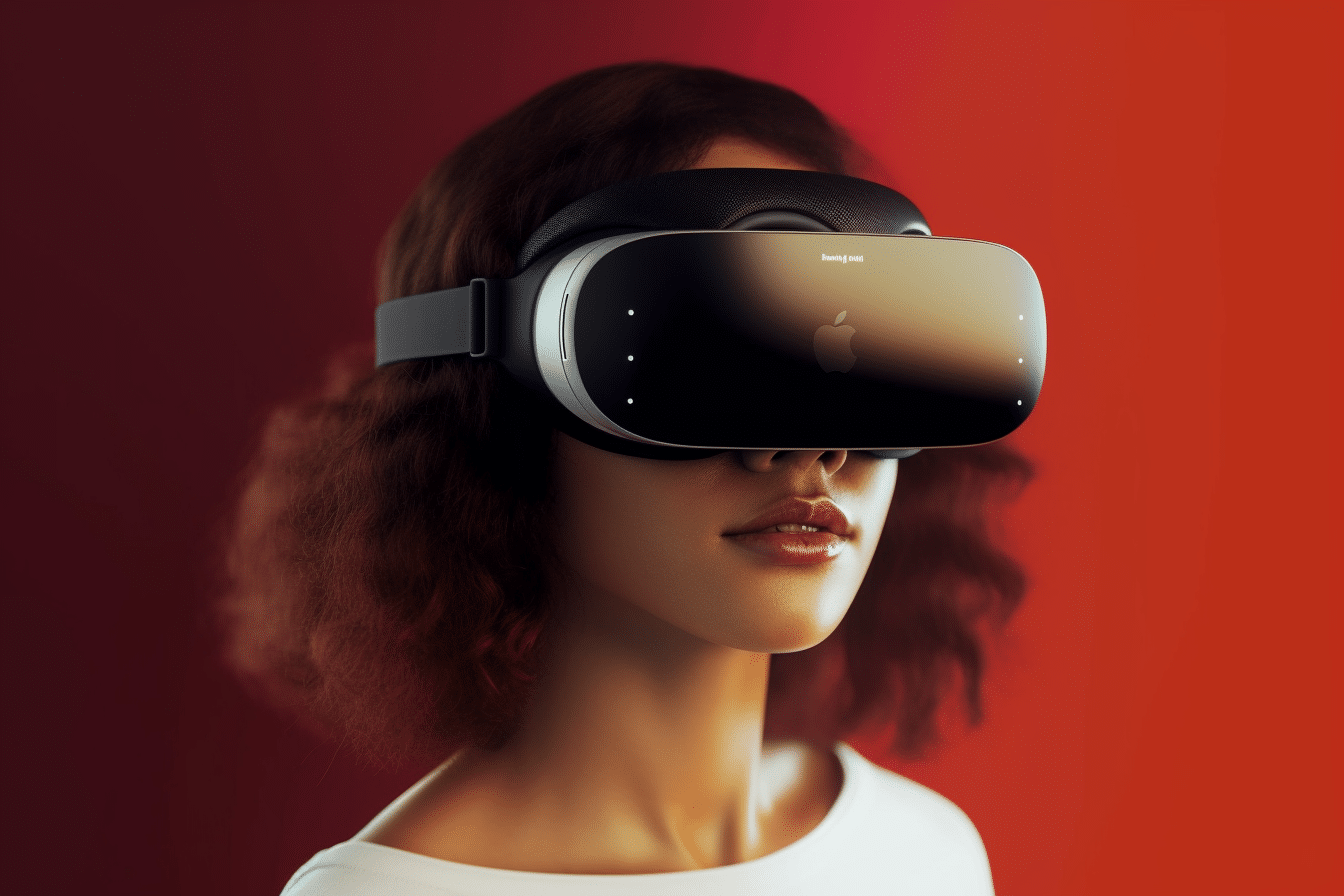Apple is gearing up to make a highly anticipated announcement at its annual developers conference, with rumors suggesting the unveiling of a sleek and pricey headset.
As the tech giant ventures into the realm of virtual and augmented reality, questions arise regarding its ability to transform the market and capture the public’s imagination.
With a legacy of groundbreaking devices, Apple’s new headset aims to bridge the gap between virtual and real worlds, offering a unique mixed reality experience. However, concerns about its steep price point and the lukewarm reception of similar devices in the past may pose challenges to widespread adoption.
Apple’s Legacy of Innovation
Throughout its history, Apple has consistently introduced revolutionary products that have reshaped industries. From the Macintosh to the iPhone, iPad, and AirPods, the company has a proven track record of releasing game-changing technology.
The anticipated headset aims to join this prestigious lineup, pushing the boundaries of virtual and augmented reality experiences.
A Blend of Virtual and Augmented Reality
Dubbed “Reality Pro” according to leaks, Apple’s headset is expected to offer users a seamless transition between virtual and augmented reality, creating a mixed reality experience.
This sleekly designed device, also known as XR or external reality, aims to provide flexibility and immersion for its users.
The Challenges of VR and AR Adoption
While virtual and augmented reality have been touted as the future of technology, their adoption has faced significant challenges.
Previous devices, such as Google Glass, failed to gain traction due to privacy concerns and limited functionality. Microsoft’s HoloLens and Magic Leap’s mixed-reality technology also struggled to capture the mainstream market.
However, Apple’s reputation for finding killer applications and solutions may give the company an advantage in overcoming these hurdles.
The Metaverse and Skepticism
Facebook’s Mark Zuckerberg has championed the concept of the “metaverse” as the next evolution of the internet.
However, skepticism surrounds the idea, and Apple executives are likely to avoid using the term when discussing their new headset. Instead, they may focus on the potential of augmented reality to transform everyday life, as Apple CEO Tim Cook has previously highlighted.
Price and Market Expectations
One potential obstacle for Apple’s headset is its expected price range, speculated to be around $3,000. Such a high price tag may limit initial adoption to affluent technophiles.
Analysts project sales of around 150,000 units in the first year, a small fraction compared to Apple’s marquee product, the iPhone.
However, historical precedents, such as the iPhone’s slow start, remind us that initial sales figures don’t always reflect long-term success.
Apple’s Potential Impact
Apple’s entry into the virtual and augmented reality market could have a transformative effect. With its legacy of innovation and consumer-focused approach, the company has the potential to drive adoption and create compelling use cases for mixed reality experiences.
While sales projections for the broader VR and AR industry have been moderate, Apple’s involvement may alter the landscape, leading to increased demand and growth.
Apple’s Headset Announcement Holds the Key to Virtual and Augmented Reality’s Future
Apple’s anticipated headset announcement holds the potential to reshape the future of technology. While challenges related to price and the lukewarm response to similar devices exist, Apple’s history of breakthrough products and knack for identifying killer applications may pave the way for success.
Whether this headset becomes the VR game-changer remains to be seen, but Apple’s exploration of mixed reality experiences at their annual developers conference marks a significant moment in the virtual and augmented reality space.




